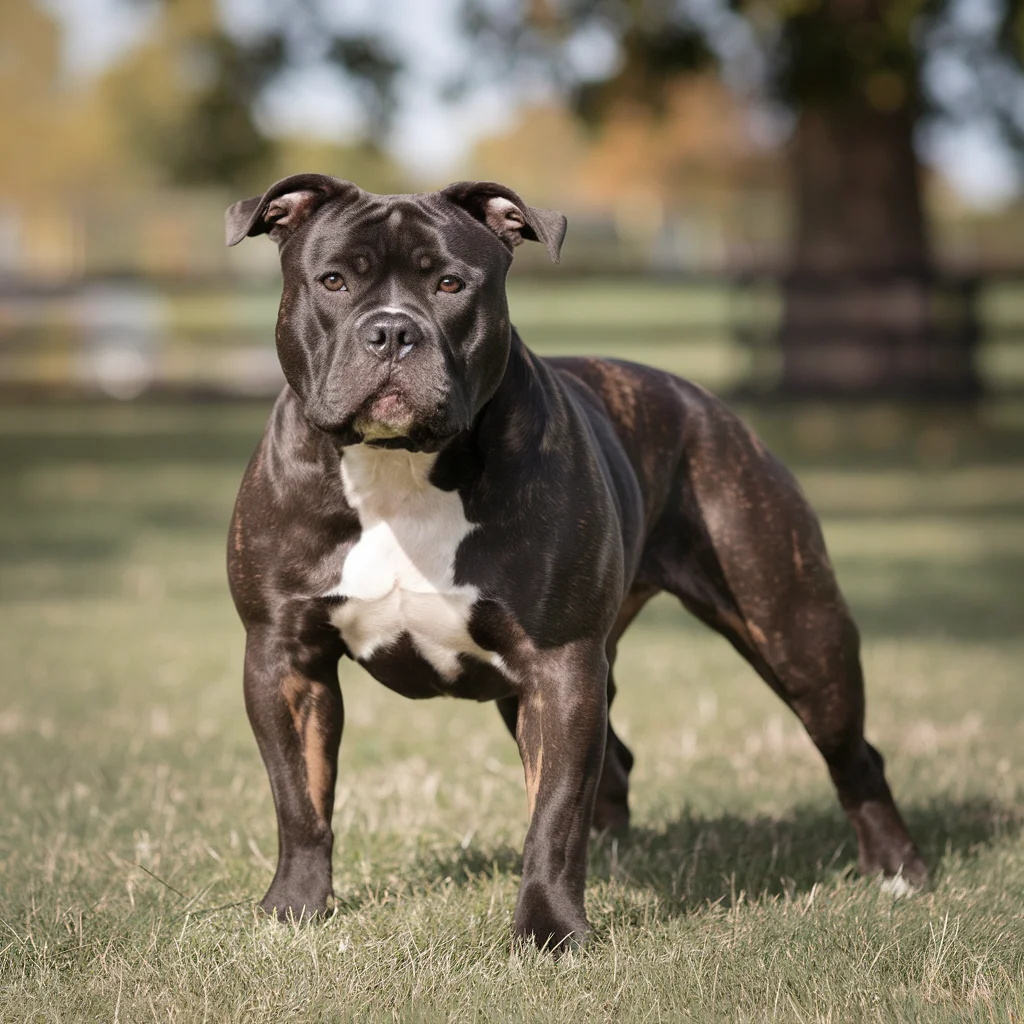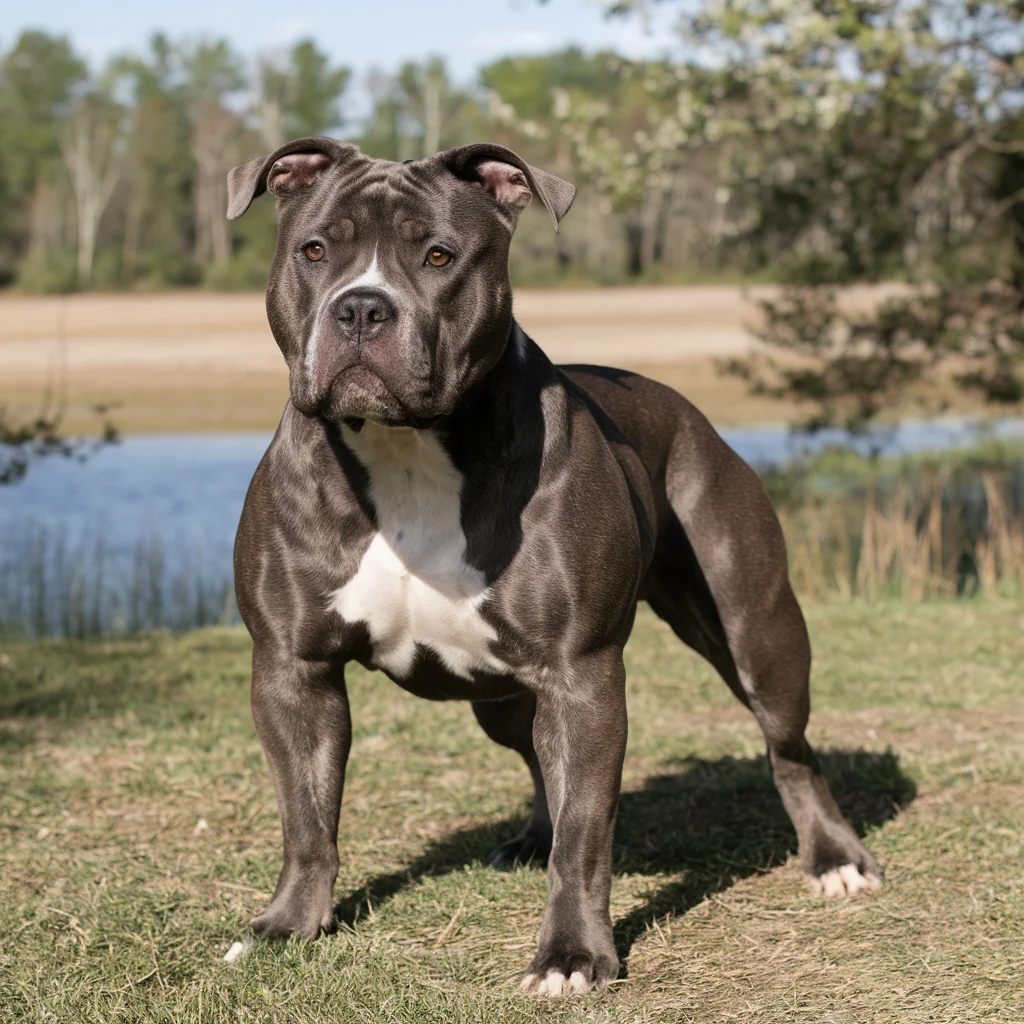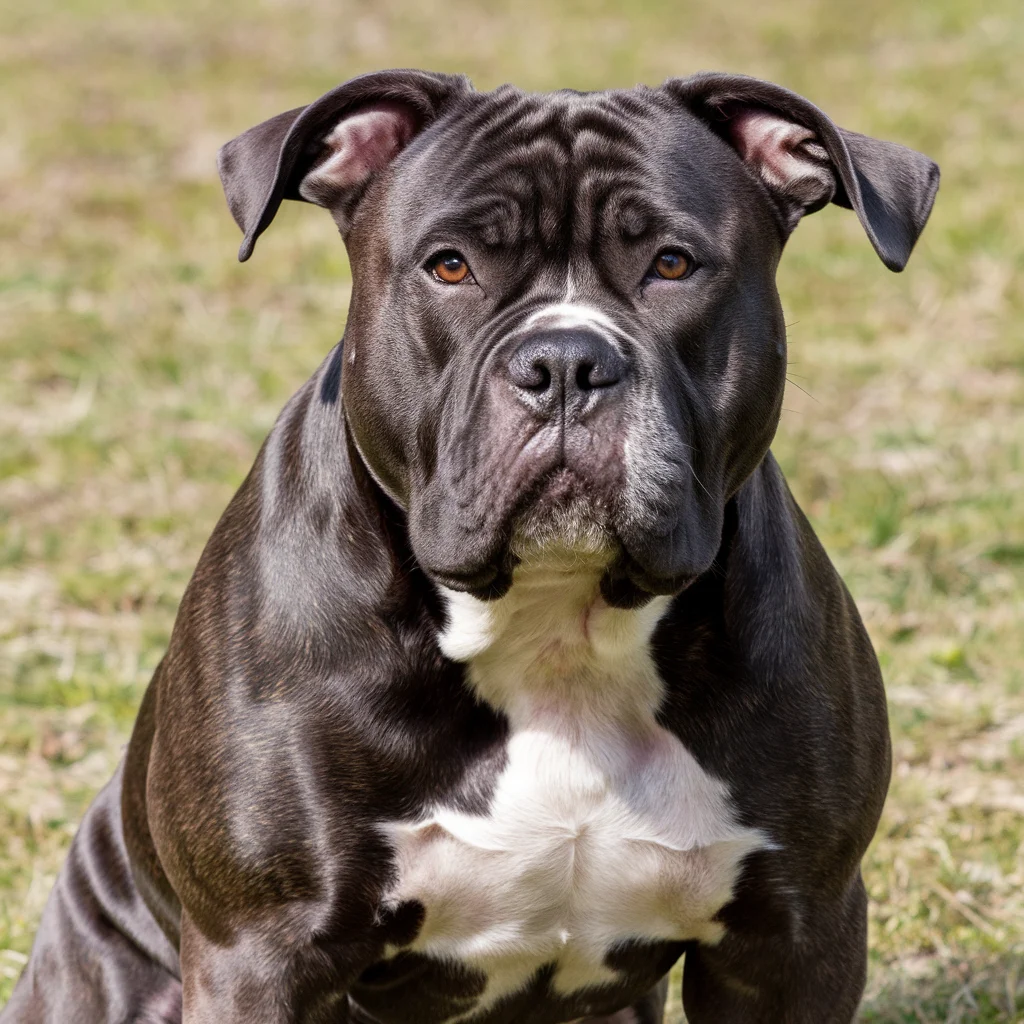Choosing a new pet can be an exciting yet challenging decision. Among the various breeds, the American Bully stands out for its loyalty, strength, and affectionate nature.
However, when it comes to selecting between a male and a female American Bully, potential owners may feel uncertain.
Understanding the differences between the genders can help you make an informed decision that aligns with your lifestyle and family dynamics.
Are There Key Differences Between Male and Female American Bullies?

Yes, there are several notable differences between male and female American Bullies. These differences span physical attributes, temperament, and behavioral tendencies. Knowing these distinctions can help you determine which gender will fit best in your home.
Male American Bullies tend to be larger and more muscular, showcasing a robust build. Their physical presence often includes broader heads and thicker necks. In contrast, female American Bullies typically possess a more streamlined appearance, with a slightly smaller frame and a more refined look.
While both genders are known for their strength and agility, the male’s size might make him appear more imposing, which can influence how he interacts with other animals and people.
Puppy Development: Male vs Female
When it comes to puppy development, male and female American Bullies exhibit some differences in their growth patterns.
Males usually develop at a faster rate, often reaching their full size earlier than females. This early growth can lead to higher energy levels, requiring consistent training and socialization from a young age.
In contrast, females may take a bit longer to reach their full height and weight, but they often mature emotionally at a younger age.
Key Milestones:
| Milestone | Male American Bully | Female American Bully |
| Weight Gain | Faster initial gain | Steady gain |
| Height Growth | Reaches full height sooner | Takes longer to mature |
| Emotional Maturity | May be more playful | More focused, quicker to settle |
Understanding these growth patterns can help you prepare for training and socialization needs based on the gender of your American Bully.
Size, Weight, and Build Differences

Size and weight are significant factors when considering an American Bully. On average, male American Bullies weigh between 70 to 120 pounds and stand about 17 to 20 inches tall. Female American Bullies, however, usually weigh between 60 to 100 pounds and stand about 16 to 19 inches tall.
Size Comparison:
| Gender | Average Weight | Average Height |
| Male | 70 – 120 lbs | 17 – 20 inches |
| Female | 60 – 100 lbs | 16 – 19 inches |
Males tend to have a broader chest and thicker necks, making them appear more muscular. In contrast, females are generally more agile, with a sleeker appearance. This distinction can influence your decision, especially if you live in an apartment or have limited space.
Appearance: Male vs Female
The physical appearance of American Bullies varies between the genders. While both exhibit the characteristic stocky build, males tend to have more pronounced features, such as larger heads and thicker legs.
- Male Characteristics:
- Broader head with a strong jawline.
- Thick neck and wider chest.
- Muscular build and overall sturdiness.
- Female Characteristics:
- More refined facial features.
- Slender neck and slightly narrower build.
- Graceful movements and agility.
Understanding these distinctions can help potential owners envision their new companion’s presence and how it might fit into their lives.
Temperament: Male vs Female
Temperament is one of the most critical factors when deciding between a male and female American Bully. Both genders possess a loving and loyal nature, but some differences can influence your choice.
Male American Bullies are often described as more playful and boisterous. They tend to have a higher energy level, which can be both entertaining and challenging. They may also be more prone to displaying dominant behavior if not trained properly.
Female American Bullies, on the other hand, often exhibit a more nurturing and calm demeanor. They tend to bond deeply with their families and may be more protective of children. This nurturing aspect can make them excellent companions for families.
Key Temperament Traits:
| Trait | Male American Bully | Female American Bully |
| Energy Level | Higher | Moderate |
| Playfulness | More playful | More reserved |
| Protective Instinct | May show dominance | Nurturing and protective |
| Bonding Style | Fun-loving | Deeply affectionate |
Choosing a gender based on temperament can significantly impact your relationship with your new pet.
Protective and Territorial Behavior
When it comes to protection and territorial behavior, both male and female American Bullies have distinct tendencies.
Males are often more territorial. They may mark their territory and be more likely to exhibit protective behaviors, especially in the presence of perceived threats. This trait can be beneficial for families looking for a guard dog.
Females, while also protective, often exhibit their protection in a more nurturing way. They are typically more attuned to their families’ emotional needs and may react to threats differently, focusing on keeping their loved ones safe.
Territorial Behavior Comparison:
| Behavior | Male American Bully | Female American Bully |
| Territorial Marking | More likely to mark territory | Less frequent marking |
| Response to Intruders | More aggressive | More defensive, nurturing |
Understanding these behaviors can guide you in selecting the right gender for your family’s security needs.
Emotional Behavior and Mood Fluctuations

Both male and female American Bullies experience emotional fluctuations, but the intensity and frequency may vary.
Males:
- Often exhibit higher energy levels, leading to more playful and sometimes rowdy behavior.
- Can become easily excited or frustrated if not engaged properly.
Females:
- Tend to be more stable in their moods.
- The heat cycle can cause temporary mood swings, affecting behavior.
Mood Stability Comparison:
| Gender | Mood Fluctuations | Stability |
| Male | Higher energy = more fluctuations | Less stable in excitement |
| Female | Heat cycles can affect mood | Generally more stable |
If you prefer a more emotionally stable companion, a female American Bully may be a better fit.
Socialization Needs
Socialization is crucial for both male and female American Bullies. However, their approaches to socialization can differ based on their gender.
Males may require more extensive socialization to curb dominant behaviors. Early exposure to various people, pets, and environments helps them develop into well-rounded dogs.
Females, while still needing socialization, often take to new situations more easily. They may be more adaptable and less prone to aggressive behaviors.
Socialization Strategies:
| Gender | Socialization Approach | Key Considerations |
| Male | Requires structured exposure | Focus on obedience training |
| Female | More adaptable | Early positive experiences |
Understanding these socialization needs can help ensure a smooth integration of your American Bully into your family and community.
Maturity and Lifespan Differences
Maturity rates can vary between male and female American Bullies, affecting their behavior and care requirements.
Males typically reach physical maturity faster than females, but they may take longer to mature emotionally.
Females, on the other hand, may mature emotionally earlier, making them more reliable companions in certain situations. However, they can experience significant hormonal changes due to their heat cycles, which can affect behavior.
Lifespan Considerations:
| Gender | Average Lifespan | Maturity Rate |
| Male | 10 – 12 years | Physically faster |
| Female | 10 – 14 years | Emotionally faster |
Choosing the right gender based on maturity and lifespan can enhance your experience as a pet owner.
Trainability: Which Gender Learns Faster?
Training is essential for any dog, and understanding the differences in trainability between male and female American Bullies can guide your approach.
Males may require more consistent training due to their higher energy levels and potential for dominant behaviors. However, once trained, they can be eager to please and learn quickly.
Females, typically more focused and calm, may learn commands faster and retain them longer. Their nurturing nature can also make them more responsive to positive reinforcement techniques.
Training Comparison:
| Gender | Trainability | Key Training Tips |
| Male | Requires consistency | Focus on positive reinforcement |
| Female | Generally quicker to learn | Utilize praise and rewards |
Understanding these training dynamics can help you develop effective strategies for your American Bully.
Health Issues in Male vs Female American Bullies
Health issues can vary based on gender, and being aware of these can help you take preventive measures.
Common Health Risks:
Males:
- Testicular Cancer: Higher risk if not neutered.
- Prostate Problems: More common in unneutered males.
Females:
- Pyometra: A severe infection of the uterus that can be life-threatening if not treated.
- Mammary Cancer: Higher risk in unspayed females.
| Health Issue | Male American Bully | Female American Bully |
| Testicular Cancer | Higher risk if unneutered |
conclusion
Choosing between a male and female American Bully ultimately depends on your lifestyle, preferences, and goals as a dog owner. Males often bring bold energy, a playful nature, and loyalty, making them a great choice for active households.
On the other hand, females tend to be affectionate, independent, and calm, suiting families or individuals seeking a nurturing companion.
No matter which gender you choose, the key to a rewarding experience is proper training, socialization, and understanding their needs. Both males and females can make loving, loyal, and delightful pets if raised with care and attention.
Take your time to evaluate your situation, meet a few American Bullies, and decide which personality aligns with your vision of the perfect canine companion!












